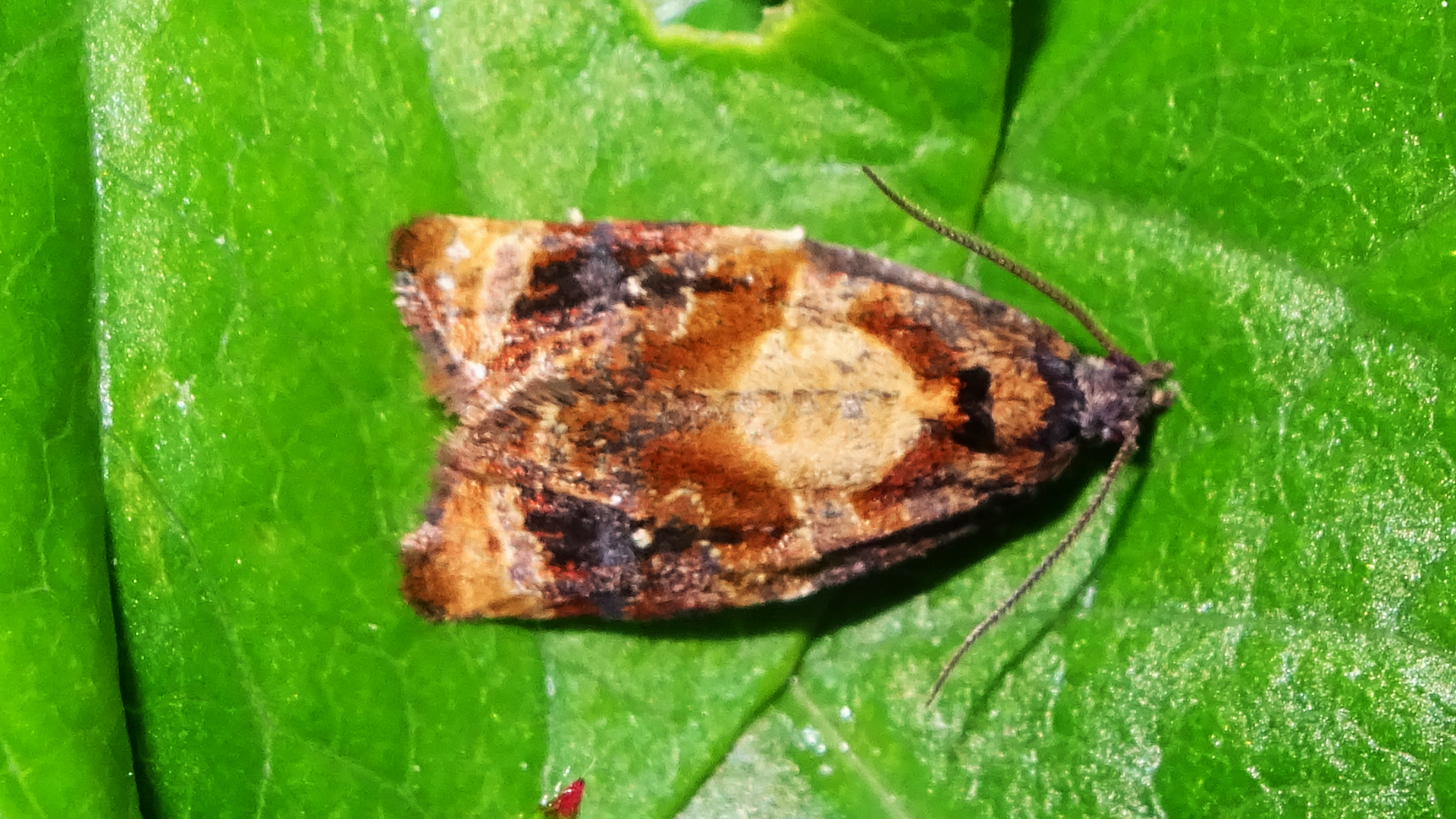Moths are a group of insects that includes all members of the order Lepidoptera that are not butterflies. They are an important part of the food chain providing a vital food source for birds and bats.
45.010
Beautiful Plume Amblyptilia acanthadactyla
Inhabits heathland, woodland and hedgerows. Hibernates over winter.
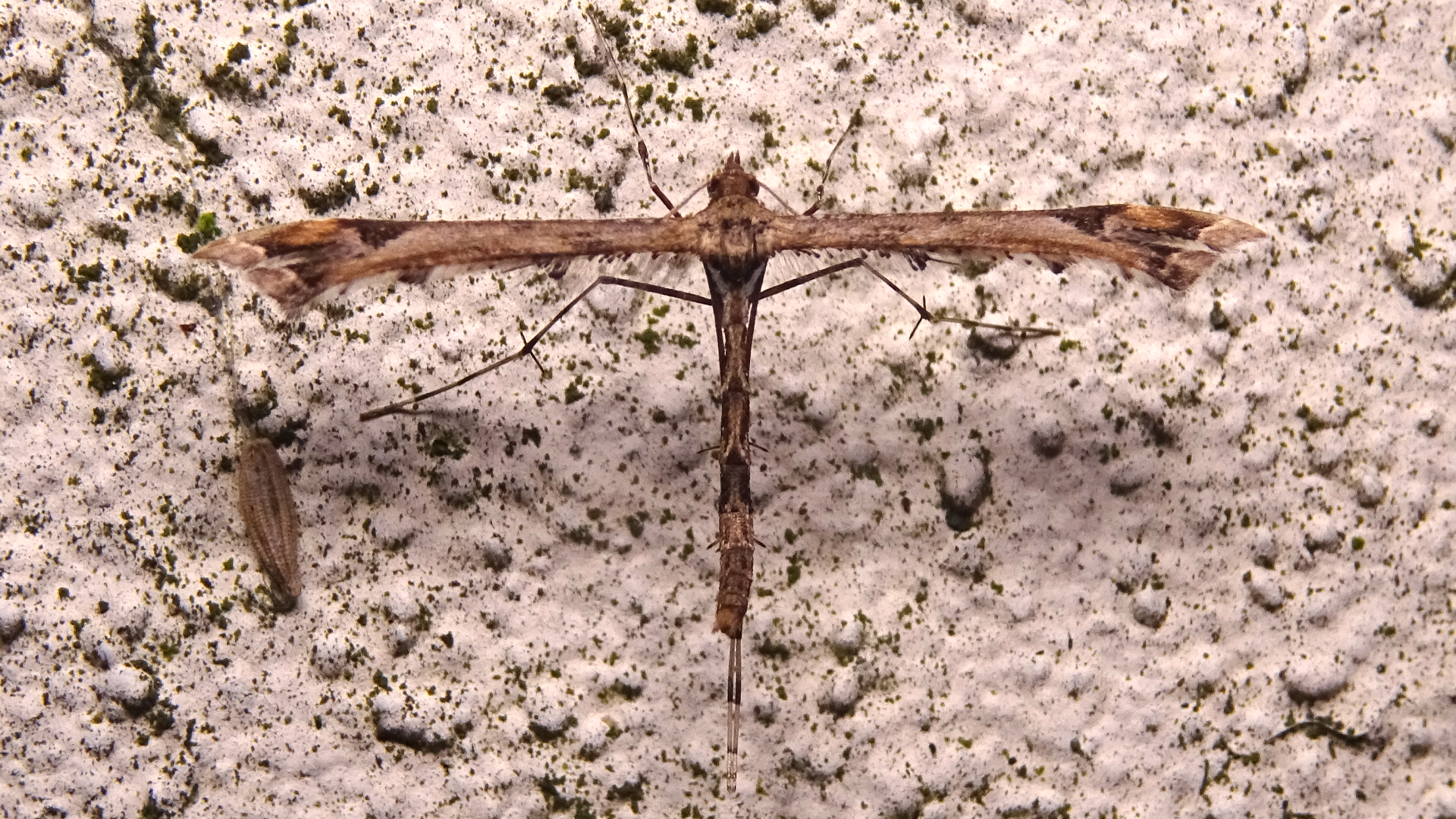
#
45.030
White Plume Pterophorus pentadactyla
One of the largest and distinctive plume moths. It inhabits meadows, gardens and waste ground and normally flies in June and July after dusk. This fairly common moth has a wingspan of 26-34 mm. Bindweed is the larval foodplant.
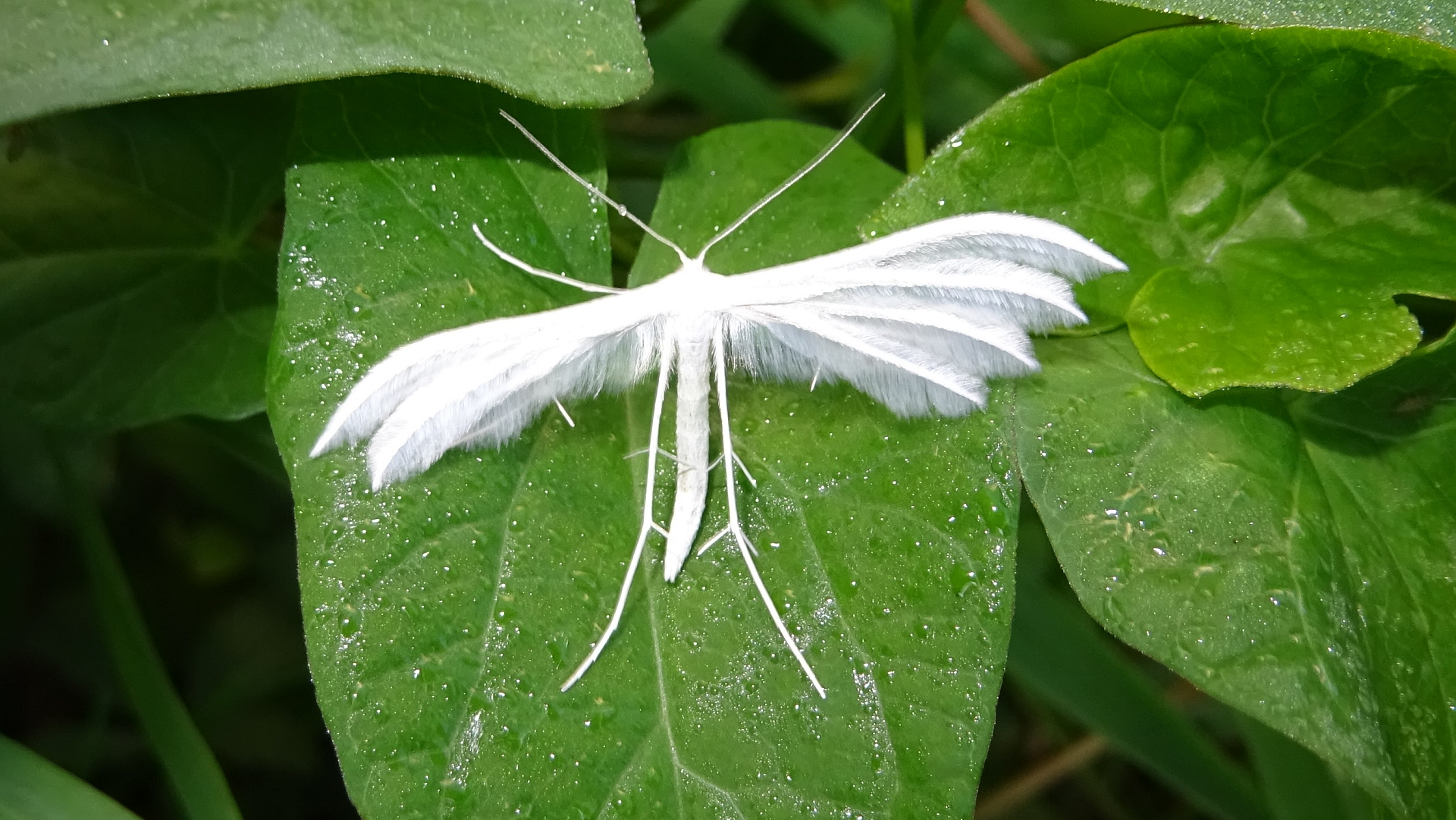
#
45.044
Common Plume Emmelina monodactyla
Widespread species that appears all through the year. The outer third of each wing is split into plumes, but with the wings so tightly rolled at rest that they look solid. Its larvae feed on bindweed.
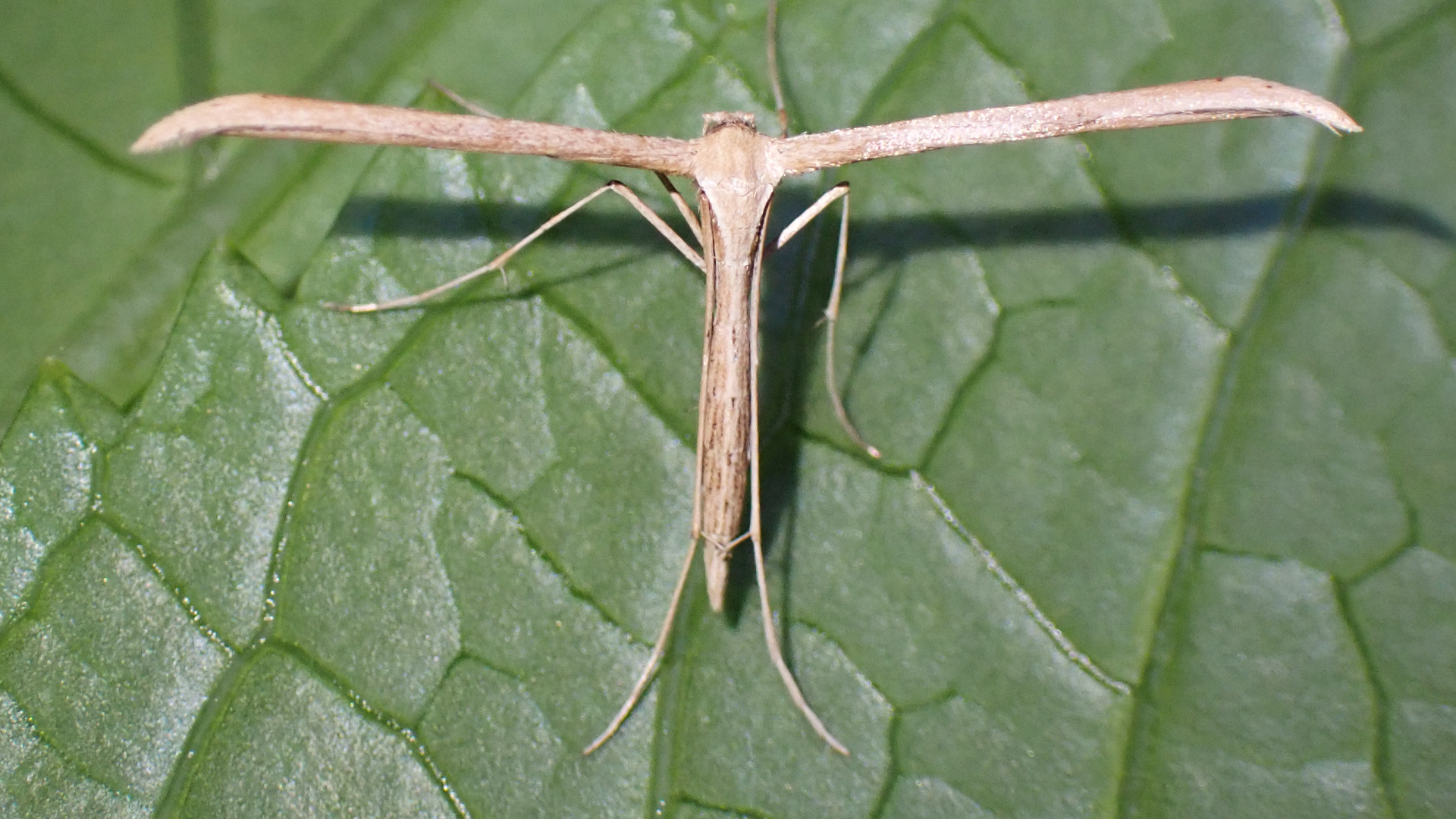
#
49.014
Brown Oak Tortrix Archips crataegana
The caterpillar of this species feeds on a range of deciduous trees from inside a tightly-rolled leaf. Its pupa is attached to a leaf by webbing from which an adult will emerge. This moth is widespread across Britain but is not very common. It frequents mainly wooded habitats and flies from June to August. Adult females are larger with a darker ground colour than males and have a much more protruding apex on the forewing.

#
49.018
Great Tortrix Choristoneura hebenstreitella
Found from late May until July in open spaces and along woodland rides. Its larvae feed on various deciduous trees.
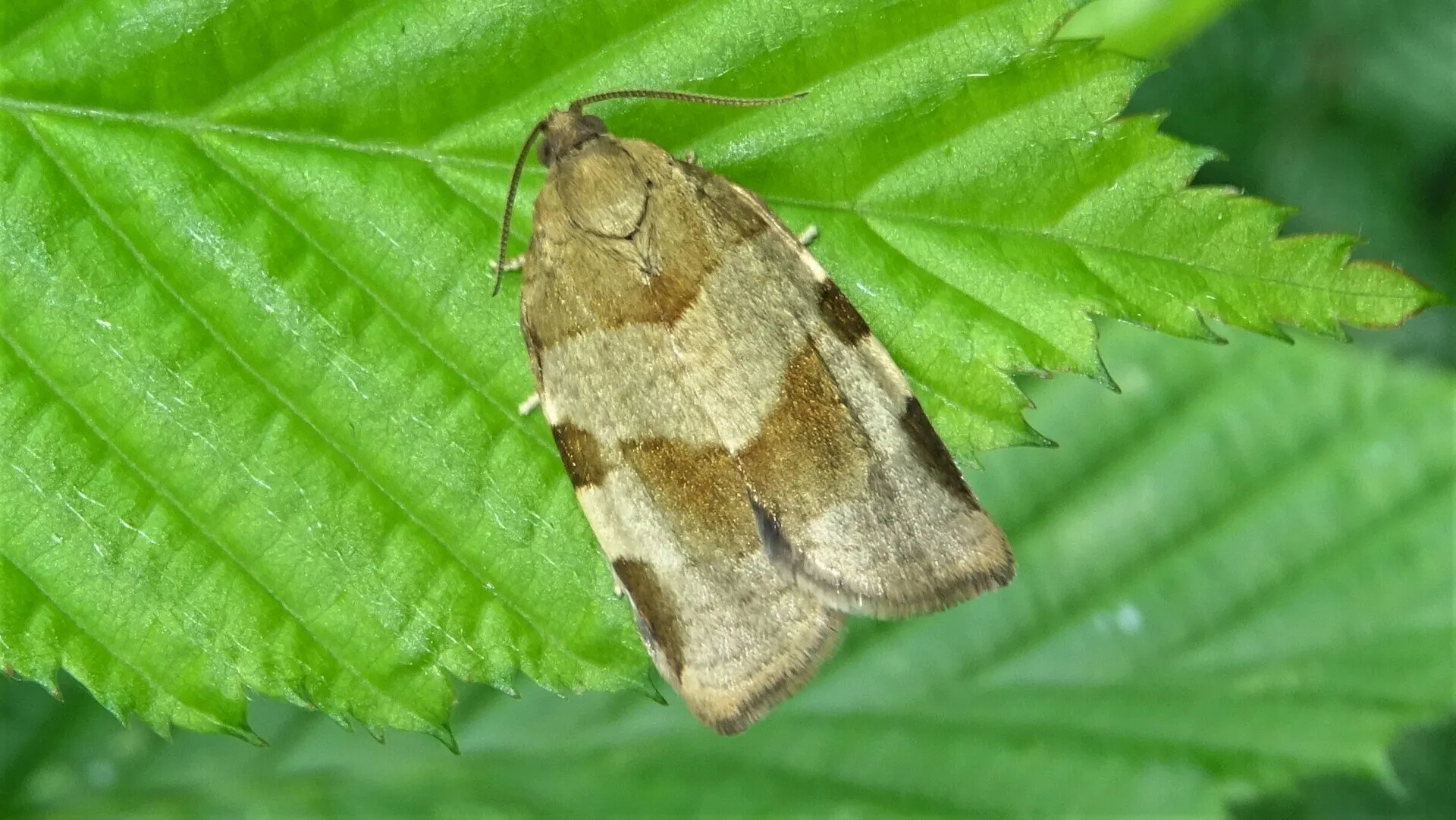
#
49.022
Brindled Tortrix Ptycholoma lecheana
Found in wooded areas and orchards during May and June. In the afternoon and evening it flies rapidly and erratically over trees and bushes. The larvae feed on apple, pear and hawthorn.
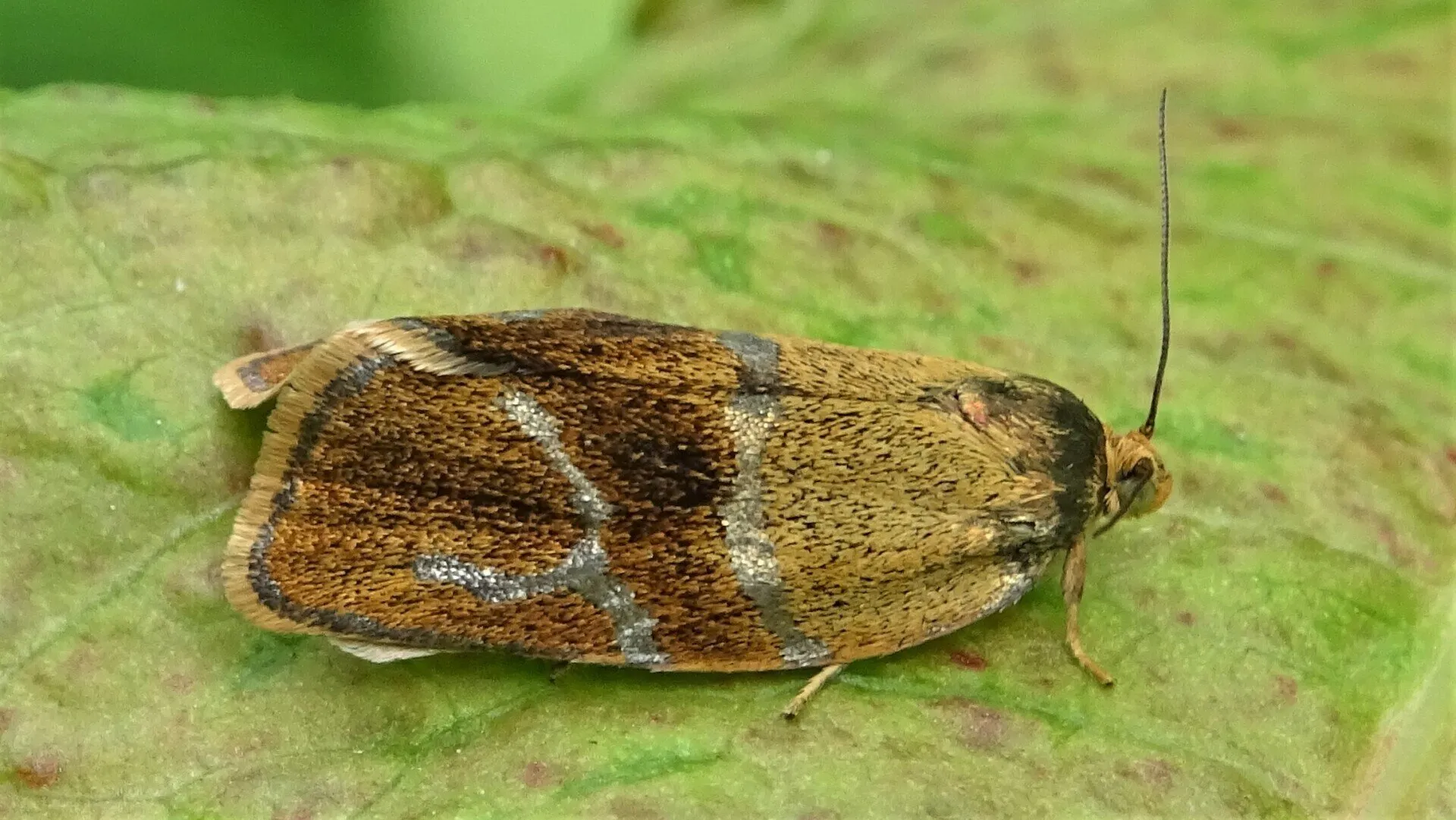
#
49.039
Light Brown Apple Moth Epiphyas postvittana
This species was accidentally introduced into Britain from Australia during the 1930s. It is now very common in this country. Females are larger than males of this very variable species. Males are normally distinguished by an abrupt colour division on the forewing.

#
49.060
Yellow Oak Tortrix Aleimma loeflingiana
Woodland micro-moth that flies from June until August. Its larvae feed on oak. It was originally known as the 'Yellow oak button'.
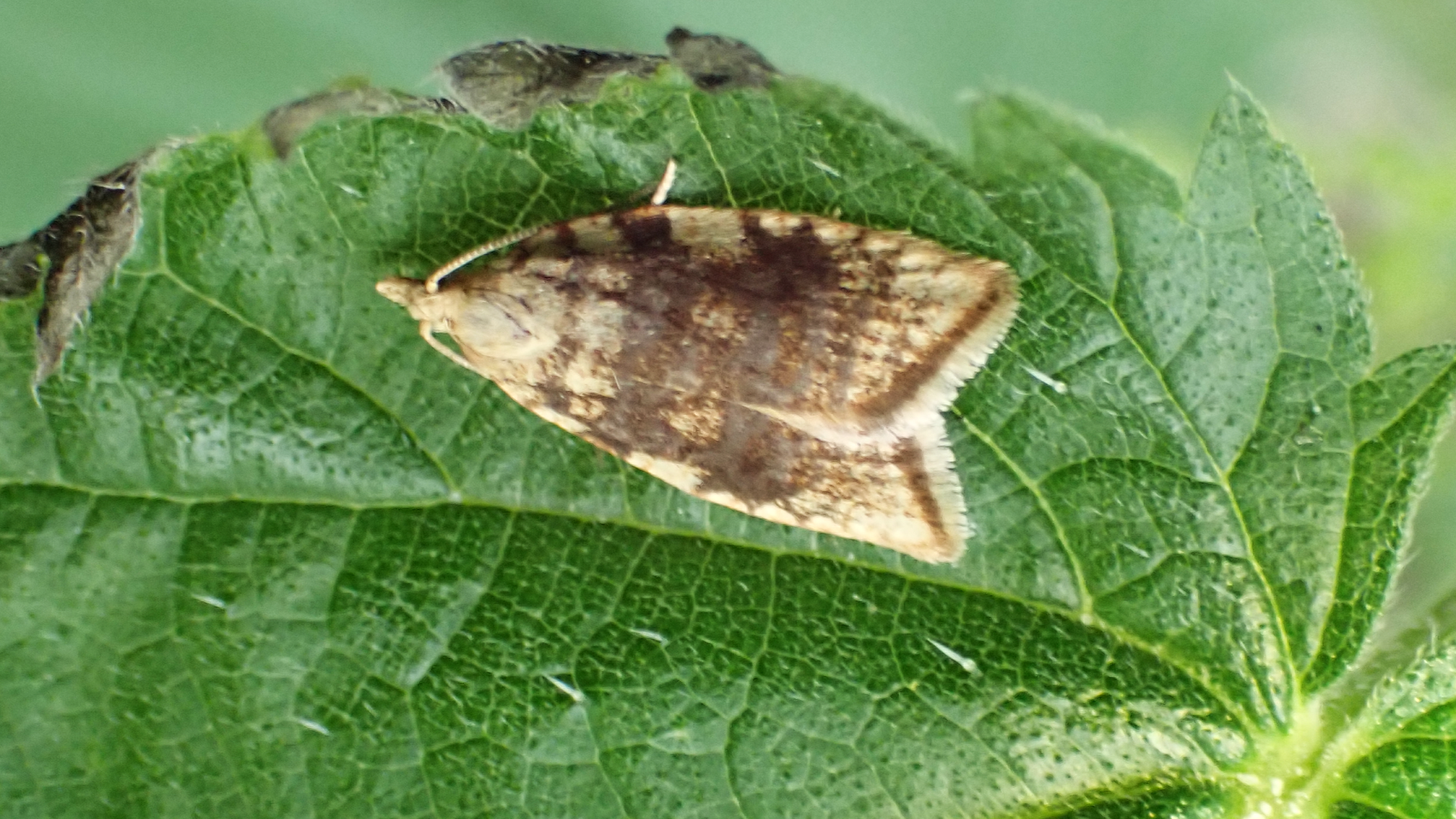
#
49.062
Netted Tortrix Acleris forsskaleana
Found in woodland and gardens. This species flies from July until September. Its larvae feed on Field Maple and Sycamore. It was originally known as the 'Maple Button'.
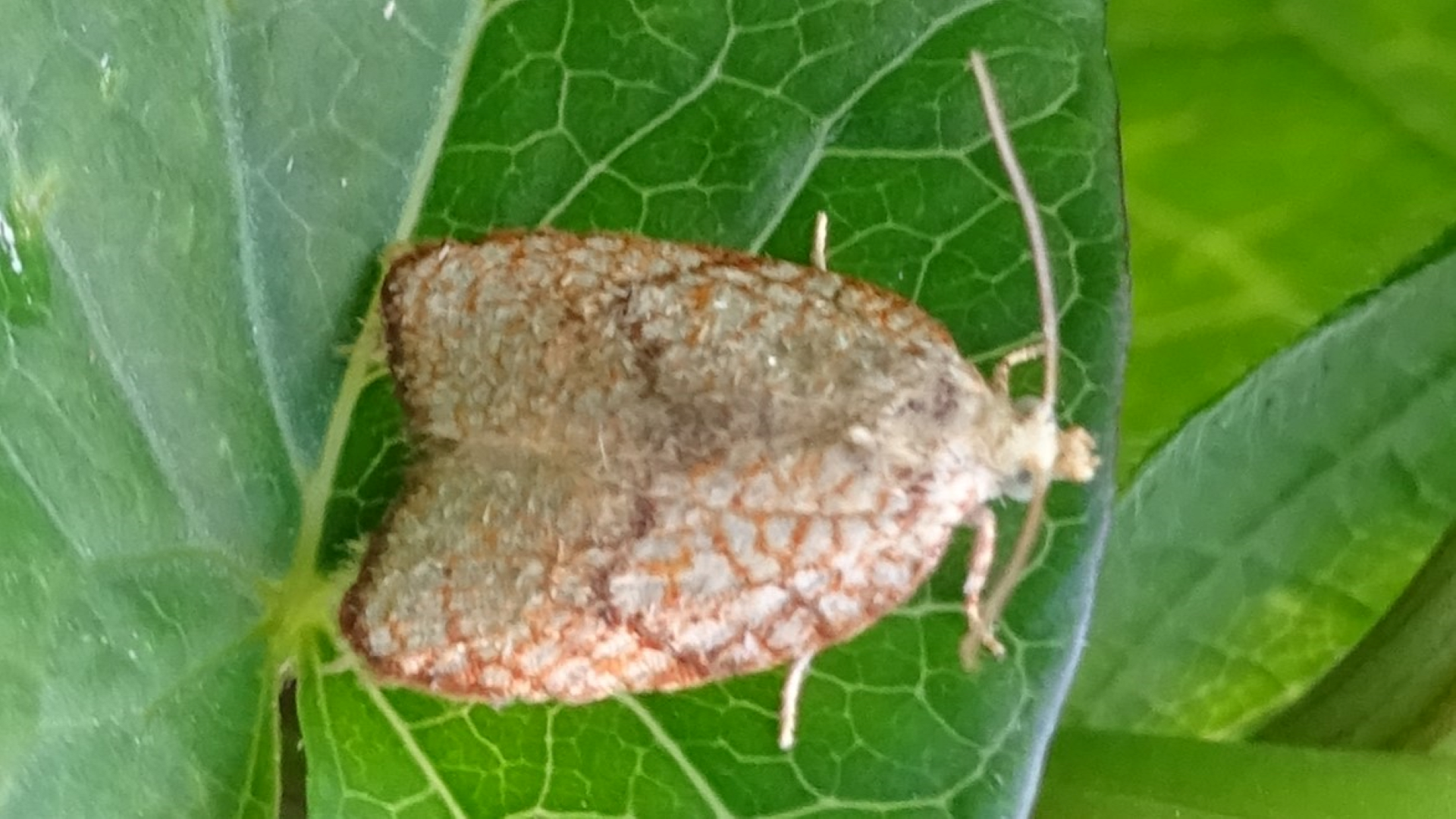
#
© hainaultforest.net. All rights reserved.


